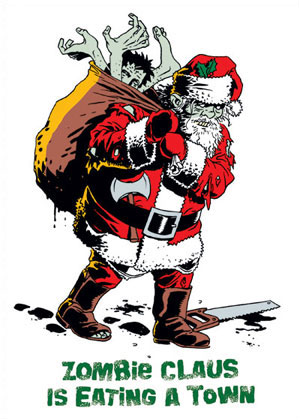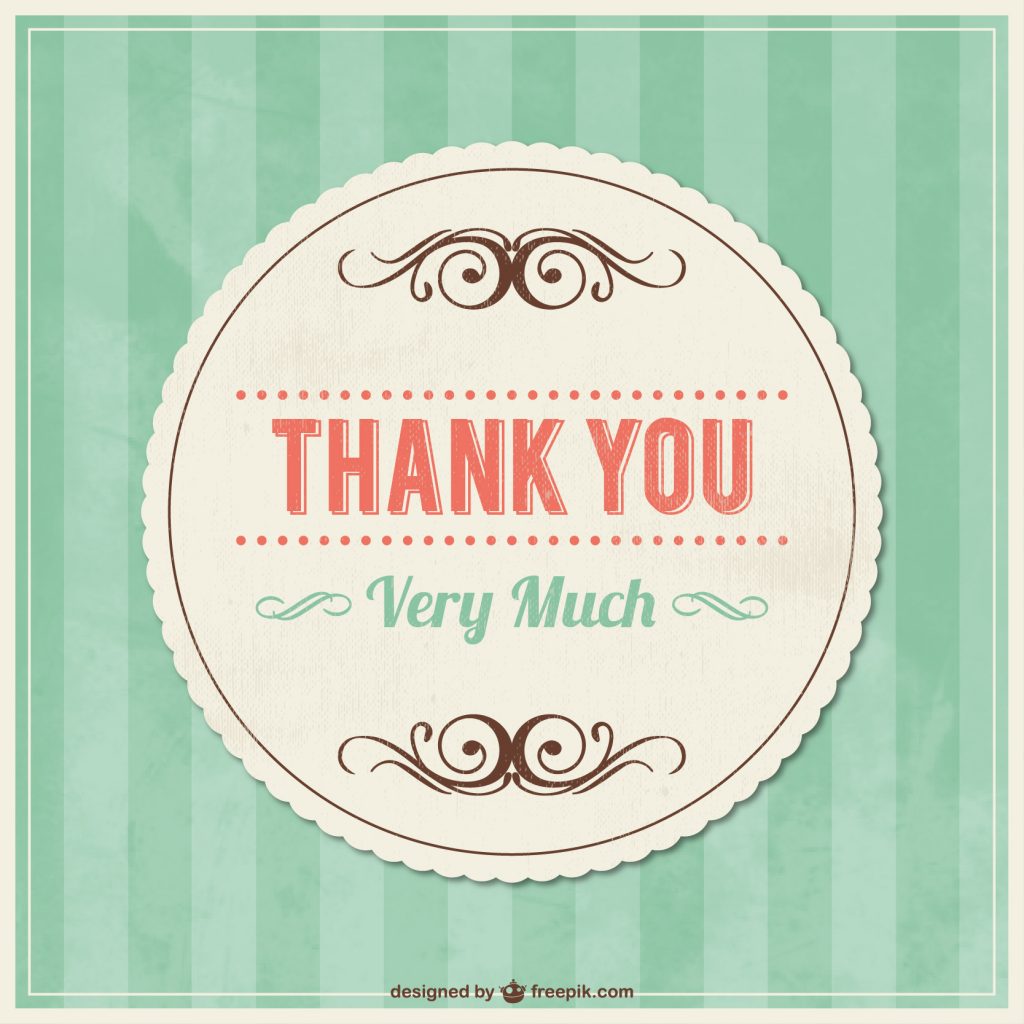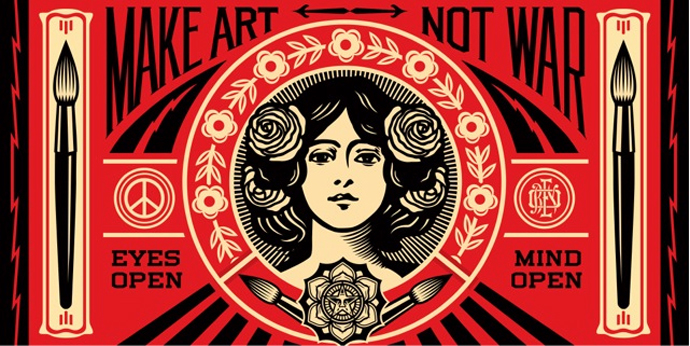
Back when Bush, Jr. was in office, I remember thinking to myself that his presidency would solidify the shape of the future. Either we were going to figure out how to stop the divisiveness that was forming between the two major parties, or eventually that divide would become a chasm they couldn’t cross without a common enemy. I don’t know whether or not I’m right. When it comes to politics, I think about patterns as opposed to saying one President or another is totally to blame. My concern has always been about bi-partisanship, because people aren’t as reductive as we think they are. We’re complicated. Can our politicians set aside their differences and come to the table to attend to the needs of governance? And, perhaps more importantly, why have we given in to extremist or fringe ideologies? What is the solution when people are reduced to sides, and you’re either for or against one another?
I think about what happened when Walker took office and began attacking the Wisconsin unions; people were so angry that they started to sing the Star Spangled Banner. Afterwards, I witnessed how yellow journalism had to paint a clearly one-sided war against Unions as having “two, equally-numbered sides.” The subtext for attacking the unions was politically-motivated, because unions tend to donate to Democratic campaigns, and that was a blip in the larger conversation. Anyway, 100,000 protesters against the governor’s policies, and a handful of opposing protesters bused in–both filmed as having equal weight and numbers. Even then, it took six-to-eight weeks for anyone to pick up on what was happening, and by then it was too late. The idea that this was an organized, violent protest began circulating. The truth, was that so many people organically came to protest, that they needed to be organized. Unions were “dirty thugs” and “fat cats”. Teachers, firemen, machinists, state workers and, much later, police officers became the bad guys. And, because they became “the” bad guys, you couldn’t walk anywhere without being impacted by the us vs. them mentality. You were either for or against your neighbors, co-workers, friends, family, and everyone else you interacted with.
Emotionally, it was very trying for a lot of people. There was no escaping it. On the ground we were also experiencing one thing, and the media and politicians who were afraid of people speaking up were depicting another. I don’t blame the media for what happened, though. Part of this, was what I feel is a technical issue which is the same problem that has facilitated fake news. When telling a story, which is what all articles are, appealing to people’s emotions is the best way to get eyeballs on the page. Instead of the news being delivered to a rapt audience via a newspaper in the morning or at night, or via the nightly news at a specific time, we have 24-7 news which is not sustainable. So, news that affects people on a local level gets stretched out ad infinitum, because the outlets have to stay in business somehow. Now, however, now that journalists are needed again and advertorials, fake news, and what “sounds” good is valued over facts… Well, you can see how people can get easily confused or frustrated, especially when they’re living and feeling the effects of what’s happening on the ground. Even then, the emotions generated by the news aren’t within the full spectrum, because outrage is more shareable than hearing how people are hurting–just look at what’s happening in North Dakota and Flint, Michigan. But, outrage doesn’t offer solutions and eventually people get tired of hearing about a situation, which allows more harm to happen.
Fast Forward to the Present
I cannot imagine what a Trump presidency will be like, and I’m not politically-savvy enough to know what the long-term effects will be either. I suspect there will be a lot of fighting, misinformation, and us vs. them on a national scale and, if my dreams are any indication that a battle is coming? A McCarthy-esque battle is coming for the soul of this country that will be felt in every city, town, and suburb and may have global repercussions. People are already getting hurt, according to the Southern Poverty Law Center, but much worse–there are a fair number of folks who don’t believe that crimes of hate are on the rise.
Worse, the traits that used to be associated with being a good American–empathy, compassion, helping the poor–seem to be regulated now to “bleeding heart lefties”. That leaves me speechless, that the very best of what it means to be human is regulated to a political ideology. If you’re a good person, you’re frowned upon for being weak. Being decent is no longer a goal to shoot for, it’s something to stomp on, and I don’t know why.
So what can I do? I have a teeny tiny amount of fame, friends I don’t see often enough, a small but growing readership, and a lot of peers that are struggling right alongside with me. I’m your average jane schmo artist with a big mouth, a big heart, and a lust for making art and reveling in the joy and resulting conversations. That’s what I know how to do, but I also know something else. I know what my life experiences have taught me, and I know what kind of a person I could have been if I wasn’t open to learning. I know a lot about the industry (enough to make me dangerous), and help where I can, when I can.
Unfortunately, I can’t fix what’s coming. I’m not a politician. I’m not loaded. I’m not powerful. And, I don’t want to be “known” for my politics, anyway. What I can do, is make art. I believe that a story can change the world. The problem is, no one knows which one that will be–which is why more stories will always need to be told.
What does this mean for 2017? I’m creating a Make Art Not War Challenge for myself, to push the boundaries of what I normally do. I’ll post the specific details in a follow-up post, but more than that… I want you to consider taking this challenge (or something like it) with me. Hobbyist, part-time artist, full-time artist, whatever! Art is needed now, more than ever, because this is how we can remind each other of all the complexities and depths of emotions that we share as human beings.
Mood: Hump Day Redux
Caffeinated Beverages Consumed: There’s no bottom to this coffee pot.
Work-Out Minutes Logged Yesterday: Blargh, blech, blargh.
In My Ears: The wind. (Seriously, it’s strong as hell out there.)
Game Last Played: Dragon Age: Inquisition
Book Last Read: The Coldest Girl in Coldtown by Holly Black
Movie/TV Show Last Viewed: Game of Thrones
Latest Artistic Project: My sekrit project.
Latest Releases: Read my end-of-the-year list of releases for an overview of what I’ve put out for 2016.
Current State of Projects: Read my latest project update.





